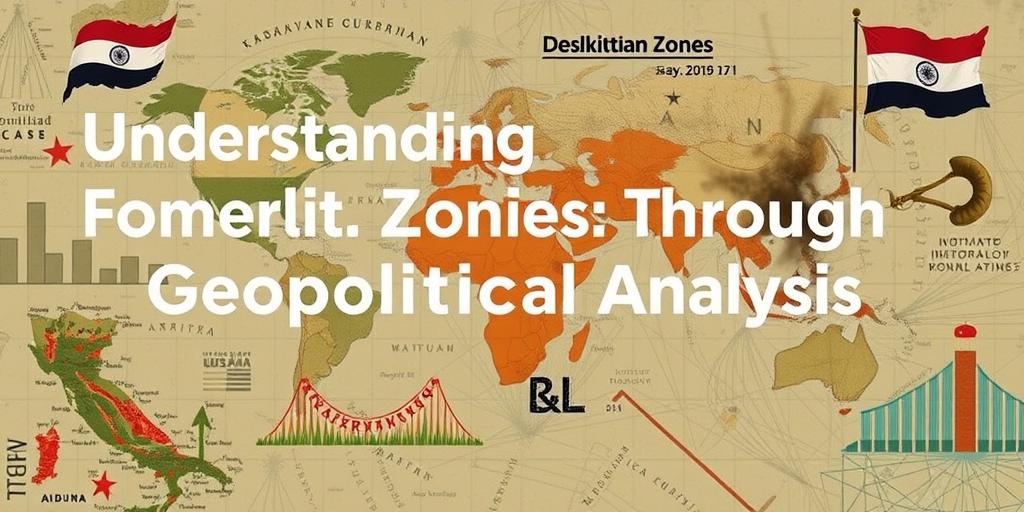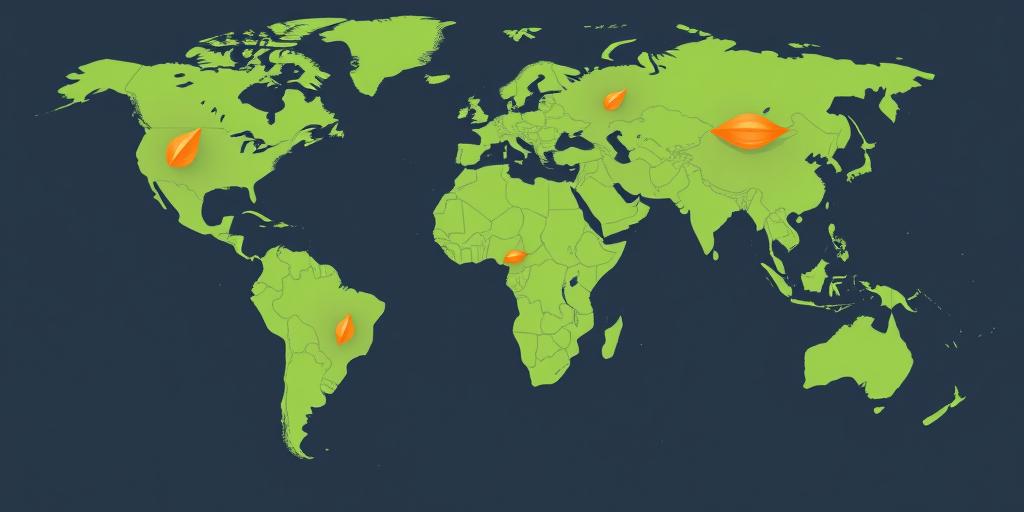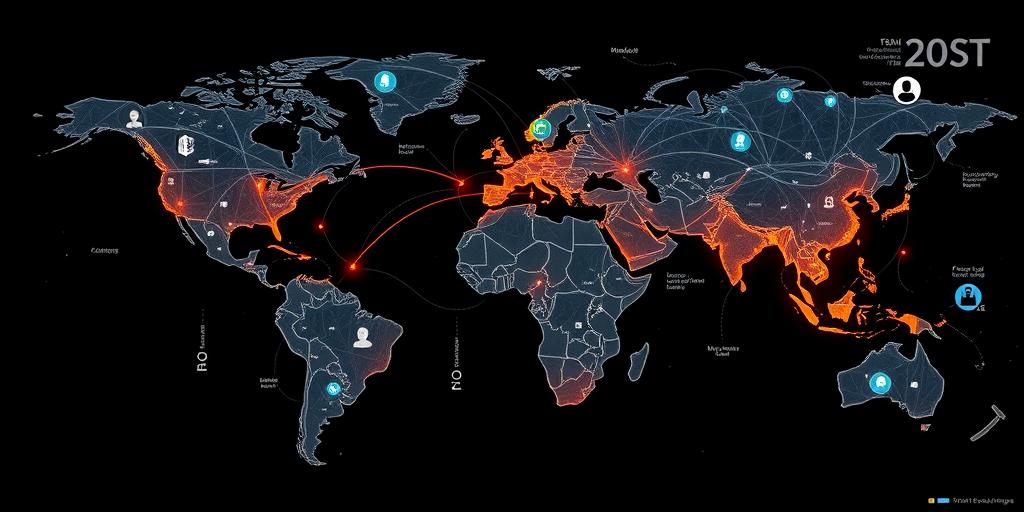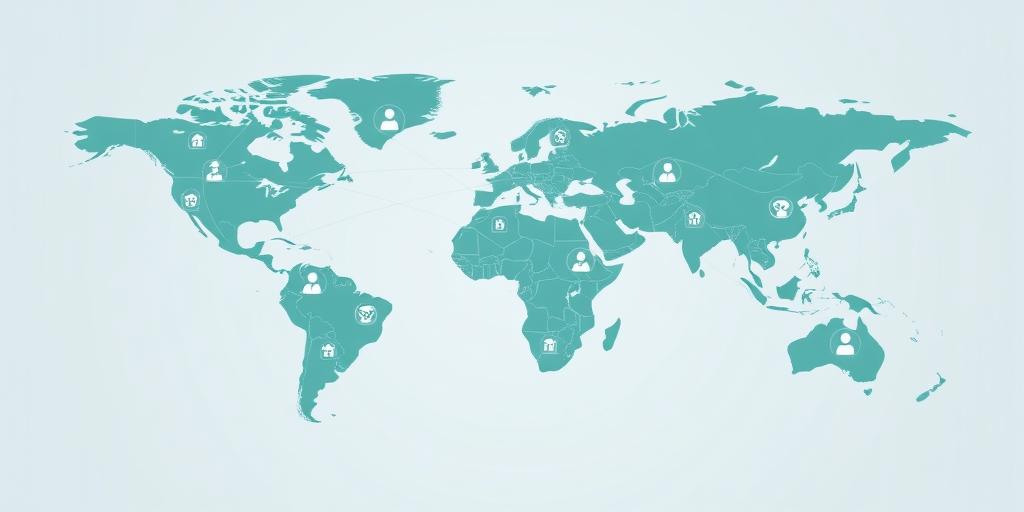Geographic Factors Shaping Border Disputes
Explore the key geographic factors that shape border disputes around the world, including natural boundaries, topography, climate, and strategic location.
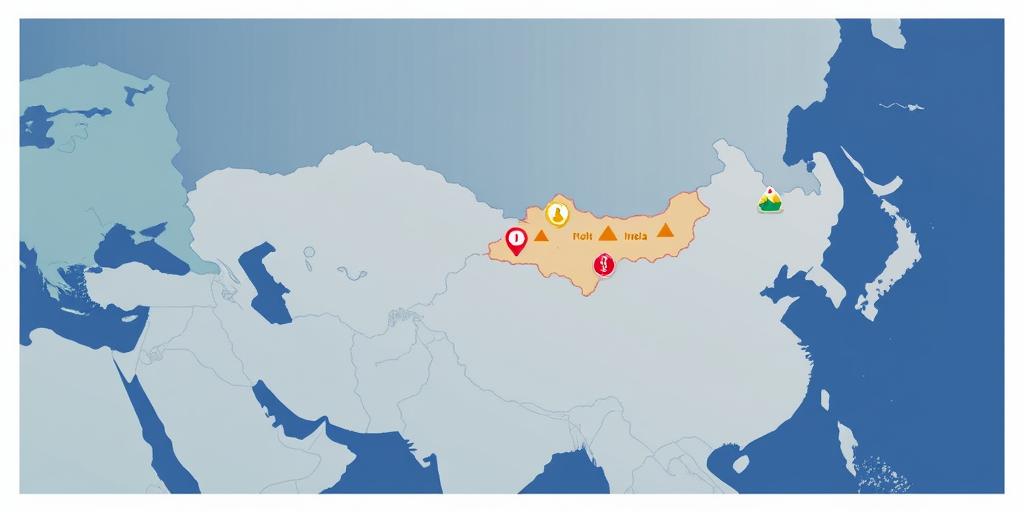
Geographic Factors Shaping Border Disputes
Geographic Factors Shaping Border Disputes
Border disputes are a recurring feature of international relations, often rooted in a complex interplay of historical, political, and economic factors. However, the underlying geographic landscape frequently plays a critical role in shaping these disputes, influencing their intensity and potential for resolution. This post will examine the key geographic factors that contribute to border disputes worldwide.
1. Natural Boundaries and Resource Distribution
Natural boundaries, such as rivers, mountains, and coastlines, are often used to demarcate borders. However, these features can also be sources of contention. Rivers can change course, mountain ranges may be difficult to survey accurately, and access to coastal resources can lead to disputes over maritime boundaries. Furthermore, the distribution of natural resources, such as oil, gas, minerals, and water, across these boundaries can exacerbate tensions. When valuable resources are located near or straddling a border, competing claims can escalate into full-blown conflicts.
2. Topography and Accessibility
The topography of a region significantly affects border security and control. Rugged terrain, dense forests, or arid deserts can make it challenging to patrol and monitor borders, leading to issues of smuggling, illegal migration, and cross-border incursions. Inaccessible areas may become havens for insurgent groups or criminal organizations, further destabilizing the border region. The ease or difficulty of accessing certain areas can also influence territorial claims, as states may prioritize control over strategically important locations.
3. Climate and Environmental Conditions
Climatic conditions and environmental factors can also contribute to border disputes. Water scarcity, desertification, and the impacts of climate change can intensify competition for resources, particularly in arid and semi-arid regions. Changes in land use, deforestation, and soil erosion can alter the landscape, leading to disagreements over border demarcation. Additionally, natural disasters, such as floods, earthquakes, and tsunamis, can disrupt border infrastructure and create humanitarian crises, further straining relations between neighboring states.
4. Human Geography and Demographics
The demographic composition of border regions can also be a significant factor in border disputes. Ethnic or linguistic groups may be divided by borders, leading to irredentist claims or demands for self-determination. Cross-border migration and refugee flows can alter the demographic balance, creating tensions over resource allocation, cultural identity, and political representation. The presence of indigenous populations with historical ties to the land can also complicate border negotiations, as their rights and interests may not be adequately recognized.
5. Strategic Location and Geopolitical Considerations
The strategic location of a border region can also make it a focal point of geopolitical competition. Borders located near major trade routes, strategic waterways, or military bases are often highly contested. States may seek to control these areas to project power, secure access to vital resources, or prevent encroachment by rival powers. Historical grievances, ideological differences, and geopolitical rivalries can further fuel border disputes, particularly in regions with a history of conflict.
Conclusion
Geographic factors play a crucial role in shaping border disputes, influencing their causes, dynamics, and potential consequences. Natural boundaries, topography, climate, human geography, and strategic location all contribute to the complexity of these disputes. Understanding these geographic factors is essential for developing effective strategies for conflict prevention, border management, and peaceful resolution of territorial claims. By addressing the underlying geographic drivers of border disputes, states can promote stability, cooperation, and sustainable development in border regions worldwide.

